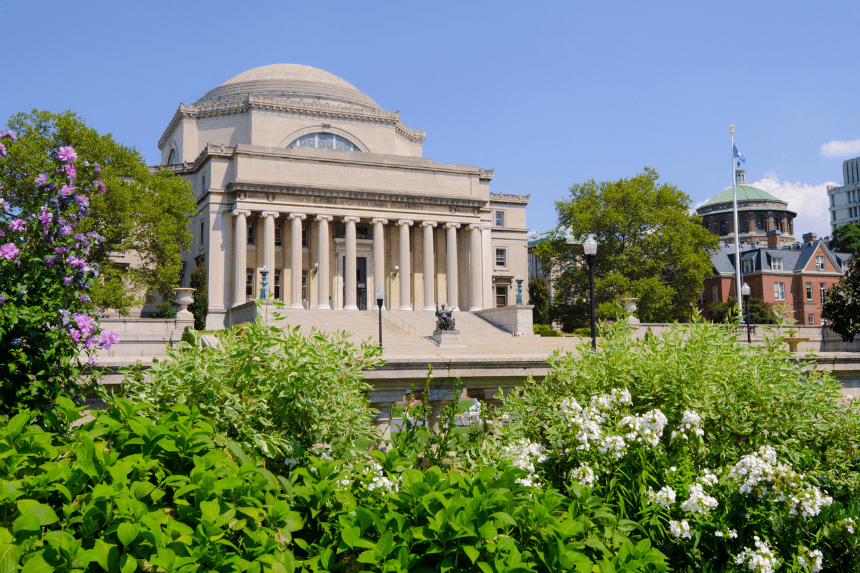Columbia University and the U.S. federal government have agreed to a $200 million settlement after the university was accused of mismanaging its campus and not protecting students’ rights. The arrangement will be paid for over three years and will free up a lot of the federal money that was previously frozen.
This deal comes after months of investigations and compliance steps that were taken because of protests, concerns about civil liberties, and control of academic programs. The institution will get back numerous high-value research awards that were put on hold while the investigation was going on.
The change is considered a model for how top colleges and universities should respond to federal requests while still keeping their freedom on campus.
Why did the federal government stop giving money to Columbia?
After complaints about how Columbia dealt with antisemitism and civil disturbance on campus, the federal government blocked $400 million in subsidies to the school. These problems got worse during rallies about the conflict between Israel and Gaza. Columbia responded by making major adjustments, such as changing the rules for protests, reorganizing departments, and adding more security measures on campus.
This freeze not only put research and academic programs at risk, but it also put a lot of pressure on the school from the public and politicians to do something. Here is the link to our article on the Federal Government Dispute.
What Did Columbia Agree to in the Settlement?
Columbia University has agreed to make a number of policy changes as part of the $200 million settlement. These adjustments are meant to bring the school up to federal standards. These include stronger rules for student groups, stricter rules for protests (such as requiring ID and banning face coverings), and punishment for students who set up unauthorized camps. The institution has also made campus security stronger and agreed to hire an outside monitor to make sure the rules are followed. The federal government will give Columbia back most of the federal financing grants that were put on hold, which will allow the school to start up important research and academic activities again.
What does this mean for other colleges and universities?
Columbia’s settlement could be a good example for other colleges that are being looked at by the federal government. The administration has said it will look into and perhaps cancel or stop federal money at hundreds of schools that don’t satisfy similar standards.
There are currently reviews going on for more than 600 colleges and institutions, and billions of dollars in funding are at stake. Institutions that depend a lot on government money may have to rethink their policies on free speech, diversity, and punishment on campus.
Columbia elected to work with the government, but other schools, including Harvard, have chosen to fight the government’s activities in court. Here is the link to our article on Education Department Layoffs.
What has changed on campus?
Columbia has started a big restructuring after the first freeze. The institution changed its Middle Eastern studies program, put more security guards on campus, and made severe rules for protests. The goal of these modifications is to find a balance between academic freedom, student safety, and what the federal government wants.
The university has said that the agreement doesn’t mean that anyone did anything wrong, but it does admit that the issue needed changes to the way things are done at the school. Columbia says that the adjustments won’t affect its academic independence or integrity.
Final Thoughts
This $200 million deal highlights how institutions that rely on federal funding must adapt to meet evolving federal requirements. Columbia’s response demonstrates a shift toward greater compliance and accountability. This could set a precedent that influences policy and culture in colleges and universities nationwide. As more cases emerge, the national conversation will increasingly focus on how federal funding shapes university operations.








